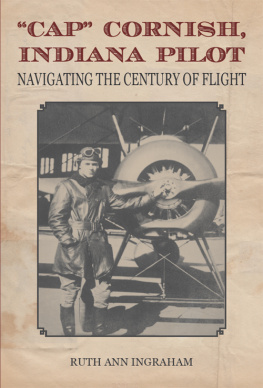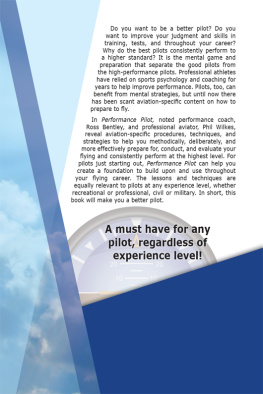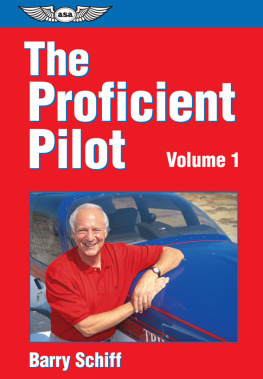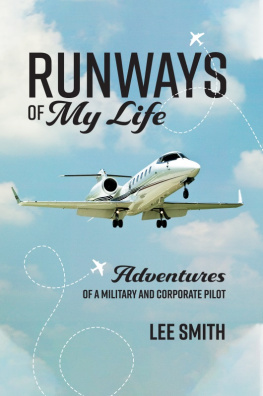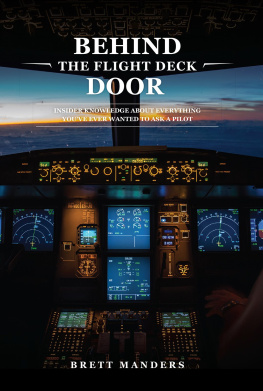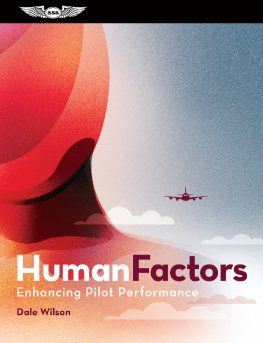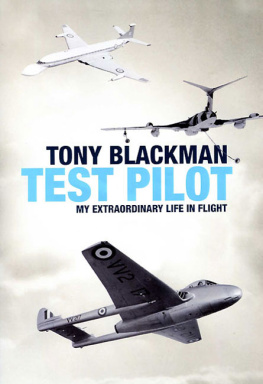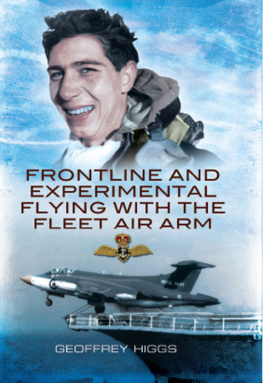CAP CORNISH,
INDIANA PILOT
NAVIGATING THE CENTURY OF FLIGHT
CAP CORNISH,
INDIANA PILOT
NAVIGATING THE CENTURY OF FLIGHT
RUTH ANN INGRAHAM
P URDUE U NIVERSITY P RESS
W EST L AFAYETTE , I NDIANA
Copyright 2014 by Ruth Ann Ingraham.
Printed in the United States of America.
Cataloging-in-Publication Data on file at the Library of Congress.
Every effort has been made to obtain permission and give credit for photographs used in this book. The photographers and the sources of visual material are indicated in the captions. If there are errors or omissions, please contact Purdue University Press so that corrections can be made in any subsequent edition.
I dedicate this book to the memory of my parents, Lois Watterson Cornish and Clarence Frank Cornish. They nurtured me, loved me, and by their example taught me to never stop learning, to revere the natural world, and to be aware of and honor, through photography, the beauty that surrounds us in its multiple forms.
Contents
Preface
T HIS BOOK TELLS the story of my father, Clarence Cap Cornish, a pilot who lived through all but the final five years of the Century of Flight. It also looks at the evolution of aeronautics in Indiana between the end of the First World War and the mid-1950s, the years when Cap was most active in the aviation field. During this period of sputters and spurts, sod runways gave way to asphalt and concrete; navigation evolved from the use of railroad tracks (the iron compass) for guidance to radar; runways that once had been lit at night with cans of flaming oil shimmered with new multicolored electric lights; and passengers, who once had sat crammed next to mailbags in open-air cockpits, now rode comfortably in streamlined, pressurized airliners.
In April 1917, at the age of eighteen, Cornish volunteered to fight for his country in the Great War and joined the U.S. Cavalry. But it was flying an airplane and not riding a horse that captured his imagination, and within a few months he was in the Aviation Section of the U.S. Signal Corps preparing to be a pilot. In May 1918, while in flight training at Park Field in Millington, Tennessee, he soloed in a Flying Jenny for the first time. Within two months he had earned the wings that he aspired to, which he wore proudly on his uniform. A short time later he was instructing others in aerial gunnery and pursuit at Carlstrom and Dorr Fields in Florida. He had hoped to go abroad to be part of the air battles being waged against the Germans, but he never got that chance: the war to end all wars concluded on November 11, 1918, and the following January, Cornish returned to his hometown of Fort Wayne, Indiana.
The glory of being a flyer was behind him, but only temporarily. Three and a half years later, he attended training camp as a reserve in the U.S. Army Air Service. He was back in a Jennyand back in his element.
Reconnected with his love of flying, Cornish became increasingly involved in aviation-related matters in Fort Wayne. As his stature in the community grew, the local citizens, aviators and non-aviators alike, began to look to him for his expertise and his ideas about local aviation development. He was a strong advocate for a municipal airfield and for the establishment of airmail service through the city. He also was flying actively again. In addition to working as a commercial pilot for various entities over the years, he performed aerobatics, competed in air races, and promoted aviation through his participation in air tours and air cruises throughout the state.
In 1934 Cornish was selected by the Fort Wayne Board of Aviation Commissioners to manage the Paul Baer Municipal Airport. For the next seven years, the facility thrived and expanded under his leadership. When it appeared that the United States would soon be forced to join the fighting in World War II, however, his talents were needed elsewhere. Much had been learned about the use of airpower for military purposes since the First World War, and when Cap was called back to active duty in 1941, he had the opportunity to serve and protect his country as chief of the Flight Operations Division of the Army Air Forces. Working closely with the War Department, the Navy Bureau of Aeronautics, the Defense Commands, the Civil Aeronautics Administration and Civil Aeronautics Board, and even the U.S. Weather Bureau, he helped to defend the homeland by coordinating air traffic and the various uses of airspace during the war years.
When the war ended, Cornishs unique combination of skills and experience made him the natural choice when Governor M. Clifford Townsend was looking for someone to assume the directorship of the newly created Indiana Aeronautics Commission. For the next eight years he worked tirelessly to advance the development of aviation both statewide and nationally. His lifelong dedication never wavered, but in 1952 his tenure was cut short by politics. When a new governor took office and decided to put someone else at the helm of the commission, Cornish found himself out of a job. It spelled the end of his professional career in aviation.
Without a plane at his disposal, Caps wings were clipped, but in 1968, on the fiftieth anniversary of his first flight, he rented a Cessna 172 to commemorate the occasion. Friends and family gathered at the Indianapolis Metropolitan Airport, and some of us got to go up for a spin. It became an annual tradition, and as the years rolled on, his following grew from that original small group to a crowd that included TV reporters and newspaper columnists. On December 4, 1995, my ninety-seven-year-old father broke his own record set three and a half months earlier and was acclaimed for several years by Guinness World Records as the worlds oldest actively flying pilot. He died only three weeks laterand his history was left for me, his only child, to write.
I lived through part of his active career and had heard his stories often, but it was not until the spring of 1996 that I became genuinely drawn into it. That is when I opened the hinged lid on a plain but finely crafted wooden box in my parents basement. Inside, along with a few personal items, were 125 well-scripted letters in their original envelopes that my father had mailed home to his family in Fort Wayne during his service in World War I. Dated between May 1917 and January 1919, they describe nearly every aspect of those formative years he spent away from home between the ages of nineteen and twenty-one. I soon realized that this bundle of correspondence was a mere fragment of what I had inherited. I moved everything to my own basement, where my Ping-Pong table soon sagged under the weight of boxes full of original documents that my father had saved. This treasure trove of materials included two pilots books, covering all but three years of his flying career; correspondence that he had impeccably stored in three-ring binders; texts of the speeches that he had given to various groups over the years; photographs that illustrated his life in flight; flying manuals from his years in the military; and hundreds, if not thousands, of news clippings. That material, plus my own research into such topics as events of the early years of flight, the First and Second World Wars, conflicting philosophies about airplanes in wartime, and early aviation luminaries, provided the background I needed to put his contributions to aviation in context. Many of his saved clippings were undated, often with their sources not identified, so I spent weeks at the Indiana State Library, where I scanned microfilms of Fort Waynes two primary newspapers in an attempt to track down as many of the missing sources as possibleoften gleaning new information in the process. Cap Cornish, Indiana Pilot is the result.
My father did not have advanced degrees; his formal education ended after twelfth grade. Lifes experiences were his teachers, and he applied that knowledge to new challenges, even if it meant taking risks. New technology drew him like a magnet, everything from wireless telegraphy to navigational instruments to the latest developments in aircraft science, and even the computers being used by businessmen he knew when he was well into his nineties. He was articulate, resolute, determined, resilient, dependable, and a strict disciplinarian, all personal traits that he applied to the tasks before himand often expected of others. In the words of a friend, When he was right, he was right, and he stuck to his guns and his principles. He didnt look back, but he also didnt burn bridges.
Next page
